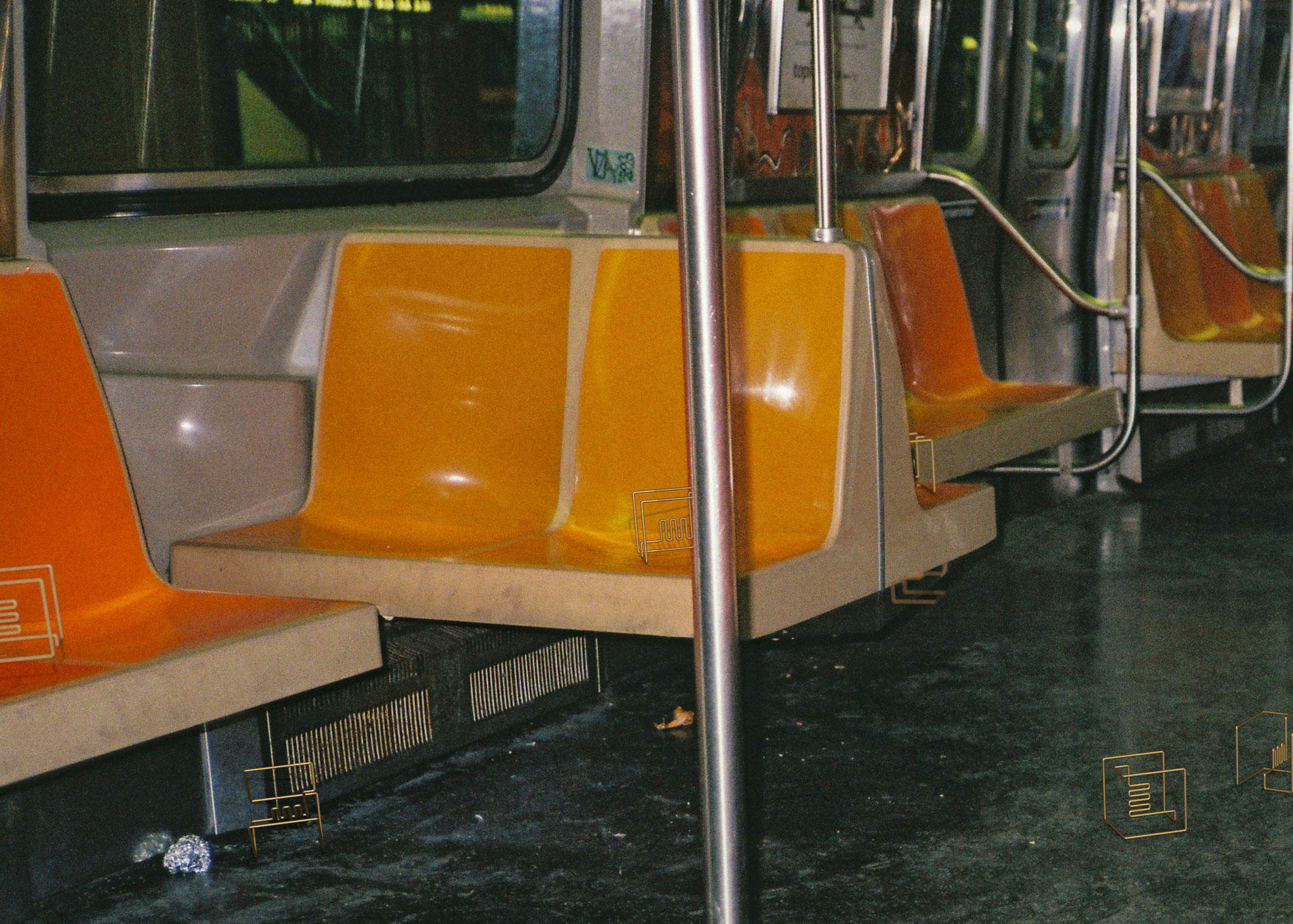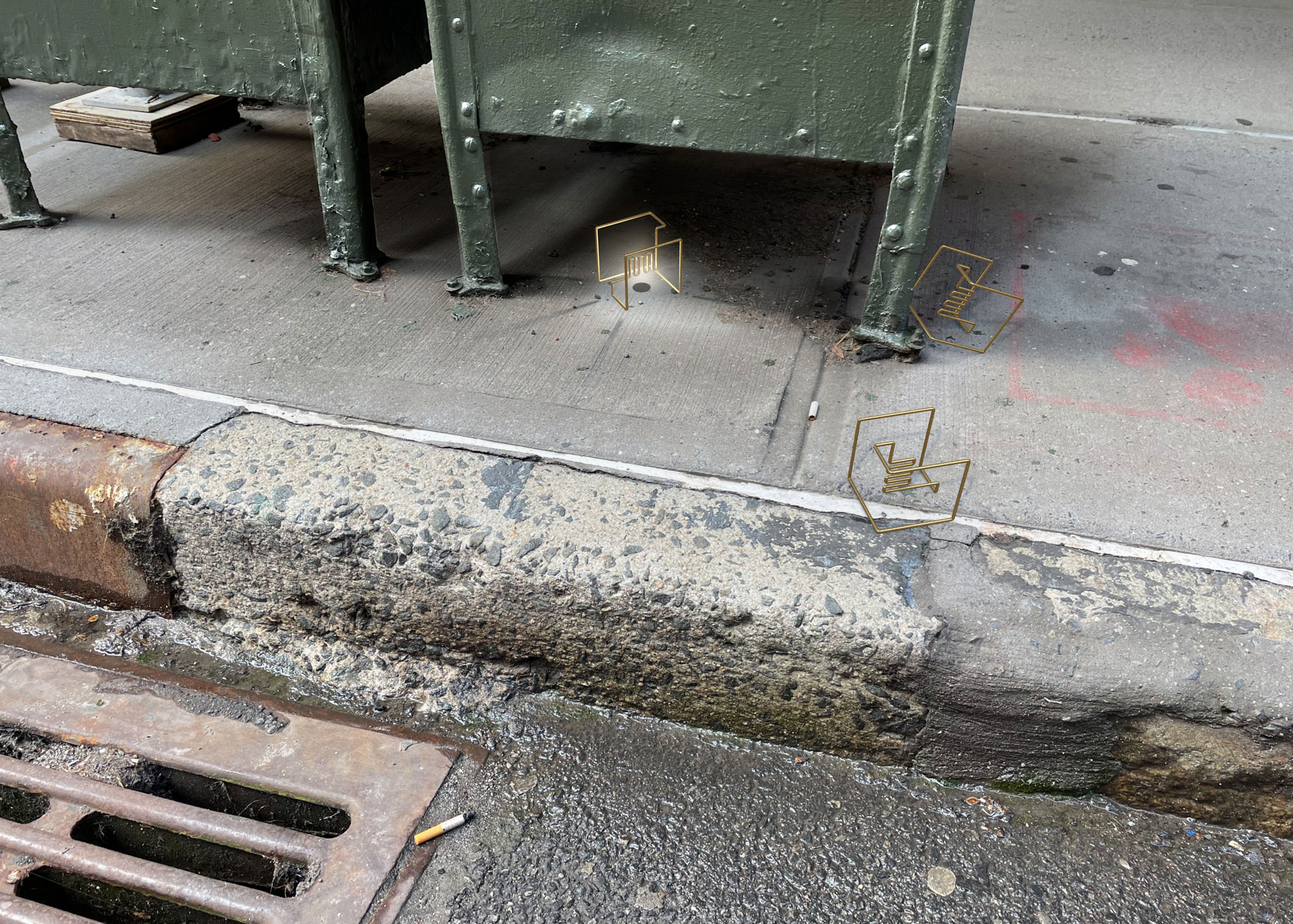A research report on artifacts of the potentially alien
specimen INT-91 (Intelligent-Non-Terrestrial).
between August 6, 1991, and April 20, 2022
Olivier Brueckner,
NATA Scientist
Published: May 12, 2022
File Number: 770296/087453
Department: AT-273251 (Alien Technologies)
The National Aeronautics and Tech Administration
Abstract
For over 30 years, unusual artifacts have been discovered around the world. So far, we have not come to a conclusion about who or what is creating them. It is our belief that these are artifacts from an alien life form that we have labeled “INT-91” (Intelligent-Non-Terrestrial). We want to understand why the artifacts are here and what they are intended for. We have arrived at a few conclusions about the behavior of these objects, but we are still very far from understanding the full scope of their operation.
This report is a brief overview of our research so far.
Introduction
We discovered the first specimen of these artifacts on August 6, 1991. We labeled this specimen later as C001-INT-91. We also often refer to the artifacts as “cubes” as their shape resemble the geometric form of a cube (see Fig. 1). It appears to be composed of some metallic material that has never been seen on Earth before. The metal wire forms the hollow cubic cage. In its center, a distinct pattern emerges from the wire that we call a “glyph.”
Since 1991, we have found more and more of these artifacts all around the world. We do not understand where these artifacts come from and why they are here. In our research, we intended to find out more about these ‘cubes,’ especially their purpose and origin.
Fig. 1 — Schematic representation of artifact C219–INT–91
Methods
First Assumptions
At first, we thought these artifacts were placed by a person. Quickly we realized we were mistaken. Neither the metal is known, and the glow that appears to come from within the cube cannot be explained by our current state of technology. This drove us to the conclusion that it must be an extraterrestrial object. Why this object appeared on the Earth’s surface also left us puzzled. It is still unclear if these artifacts were placed here on Earth on purpose or if they were left on our planet by mistake. Perhaps the artifact is space litter that has drifted onto Earth. The appearance of additional cubes quickly led us to think that they had been placed purposefully. We assume that an alien species is responsible for these artifacts.
Locations
In August 1991, we only found two artifacts in California. Currently, there are billions of them all around the globe, and the number constantly increases. It seems like the objects appeared exponentially. Based on the locations where we found the artifacts, they do not seem to have a climate preference, but interestingly they appear to be attracted by humans. They generally occur around highly populated areas, almost proportionally to the inhabitants. In a few cases, we discovered them also outside of high-density areas but never far removed from human inhabitation. (Please see Appendix for locations of discovery.)
Appearance
The shape of the artifacts indicates that the life forms that utilize them are able to handle very intricate objects. The single wire-like thread of this object seems unusual to us for an object that has an active purpose. We are currently considering two paths. The first one is that they are only decorative objects built for pleasure. It could be that the lifeform lost them on our planet. The question that remains is, why are there so many of them? This brings us to the second path, which we assume to be more likely. The species who created these objects does not perceive the universe in the same way as we do. The single-threaded loop that creates the shape of the object almost gives the appeal that someone tried to create an object that fits into our belief system.
What we are suggesting here is that the species who created those artifacts might not only have a different aesthetic but perhaps also that they have a different understanding of dimensions. Potentially they do not understand our perception of three dimensions, or, to be more specific, these three dimensions that we seem to understand.
The only aspect of the cubes that are distinctly shaped and that can be encountered amongst all the artifacts that we have found so far is what we call the ‘glyph.’ One can see (Fig. 2) some of the differently shaped glyphs that we have discovered in the objects so far. We believe that the glyphs contain some sort of communicative value.
NATA’s linguists are still trying to make sense of them and trying to decipher their composition. Unfortunately, they have so far not been able to find a semantical pattern amongst the shapes. We also consulted leading mythologists to understand if the shapes might have a spiritual meaning. Due to the very limited knowledge of the species itself, this remains a possibility, but also, here, we do not have any additional evidence that would either support or contradict this assumption.
Other researchers from our team believe that these glyphs have no interpretative meaning. They assume that these shapes have another purpose. Their very intricate geometry suggests that they are built with intent. If not visual communication, then it could be that they are part of a technology that we might not be able to understand yet. We currently assume that they are used for either communication amongst themselves or as sensors.
Fig. 2 — A selection of glyphs that we frequently encountered.
Material Tests
To understand where the artifact C001-INT-91 came from, we fulfilled the typical approach of determining the object’s properties. To not damage the object, as we still do not know the implications if it would be destroyed, NATA’s physicists and chemists did a spectral analysis of the material. The metal itself seemed to be conductive. It could be an alloy of multiple elements, yet at least one of its components is not found in terrestrial compounds, solidifying our assumption that this must be an extraterrestrial object.
When fulfilling the experiment, we also realized that the objects seem to react at frequencies between 2.412 and 2.462 GHz but also at frequencies in the spectrum of 5.180 and 5.825 GHz. We do not fully understand what is happening, but it seems that all of the cubes react to these frequencies, some more to one range, some more to the other. Interestingly, it differs also from the time of their occurrence. More recently discovered cubes appear to react to both ranges.
Also, here, we are not certain why they react to these frequencies. The frequencies are not part of our visible spectrum and also not of any naturally occurring frequency that we have discovered somewhere else on Earth.
Reactions
Their increasing appearance also invited many people to take artifacts home. We do not encourage people to do so; however, we are unable to prevent it. So far, we have not seen any harm caused by the objects; still, we intend to stay alert, as we do not fully understand the implications of their close proximity to humans yet.
In interviews with individuals who have adopted the artifacts, we have observed their attachments to the artifacts. A few people even talk to the cubes. In some cases, unusual incidents occur due to communicative interactions. Depending on the immediately surrounding events, the artifacts seem to react to the events in the form of the aforementioned glow from the artifact itself. Interestingly, they do not appear to react to just any event.
We are still experimenting with which actions trigger this behavior. We are currently assuming that the cubes react to expressions of preference. This occurred either when a person around the artifact was expressing their appeal or disgust around a topic or object or if someone had been distinctively describing an element.
Results
We still know very little about these unusual and probably extraterrestrial artifacts. Not only is the shape alien to us, but also the material and technology appear to be beyond our current understanding. Their response to a specific frequency range and visible reaction to interactions around the object leads us to believe that they are functional devices and not just decorative artifacts. Their frequent appearance near populated areas implies that their purpose is connected to humans.
We assume that their reaction to human behavior is a sign that these devices exist to learn about humanity. As their reactions are mostly limited to actions of approval or denial, it seems that they sense human behavior and preferences.
The frequencies that the cubes react to are foreign to us, but given our understanding of waves, we assume that this is an indicator of the language that the alien species use to interact with the device and potentially even amongst each other.
The glyphs within the structure are a hint toward the species’ existence. Even though we still know very little about the purpose of the glyphs themselves, we can already formulate assumptions about the life-form’s different dimensional origin. If the glyphs are symbols of meaning or simply a functional feature of the devices remains to be understood.
Conclusion
These artifacts from the supposed alien life form INT-91 are scattered all over the world. They seem to have infiltrated everything we know, learning from us. We do not know what they want. We believe that they simply are reaching out to humanity and trying to understand us.
It seems like the alien life form does not want to harm us, and neither do they want to support us. They seem to simply coexist among us. So, we want to ask the question to us, as humanity, how do we want to be seen by this other species?
Appendix

Fig. 3: One of the first specimens, C011–INT–91. Discovered in San Francisco (1991).

Fig. 4: Multiple cubes found in the New York City Subway (2008). A sign of their connection to humans and increasing occurrence.

Fig. 5: Specimen C631 to C633-INT-91 found in a street in New York City (2022). One of the artifacts is glowing.